Rose (Rosaceae)
Prairie Rose
Rosa arkansana PorterThis low-growing, perennial shrub has leaves that die back annually and fruits that persist into the fall and winter. Plants form clones by spreading runners and rhizomes. Roses are pollinated by bees, and have strongly scented flowers that also attract birds and butterflies. Plants have medicinal uses, and petals can be used to make perfume. Fruits, flower petals, and young shoots are edible for humans.
Flower Colour:
- Pink
Flowering Season:
- Spring
- Summer
Flowering Months:
- August
- July
- June
- May
Canadian Rarity Status:
Not rare. Listed as “sensitive” in British Columbia and “exotic” in Ontario.
Physical Appearance:
Woody, densely prickly stems grow 10-100 cm tall. Alternate leaves are divided into 9 or 11 (sometimes 7 or less) oval to egg-shaped leaflets with toothed edges and hairy undersides. Stalked, saucer-shaped flowers occur in small clusters at the top of this year’s branches or last year’s side branches. Each one has 5 petals, numerous yellow stamens, and 5 lance-shaped, persistent sepals. Fruits are numerous, hairy achenes, enclosed in a fleshy globe to pear-shaped hip.
Similar Species:
Prickly Rose (Rosa acicularis Lindl.), Wood's Rose (Rosa woodsii Lindl.)
Gardening Notes:
Seeds and/or plants are often available from greenhouses and seed supply companies specializing in native plants. Plants can be propagated by seed, cuttings, or division of suckers. This species makes a good addition to prairie, bird, and butterfly gardens.
Canadian Distribution:
- Alberta
- British Columbia
- Manitoba
- Ontario
- Saskatchewan
Prairie Types:
- Fescue Prairie
- Mixed Grass Prairie
- Tall Grass Prairie
Habitats:
- Open Woodlands
- Prairies
- Roadsides
- Rocky Slopes
Moisture Conditions:
- Dry
- Moderate
- Moist
Light Preference:
- Full Sun
- Part Shade
Soil Preference:
- Clay
- Organic
- Saline
- Sand






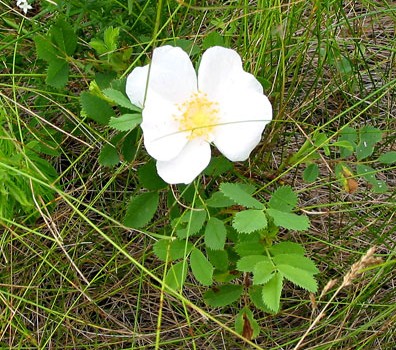
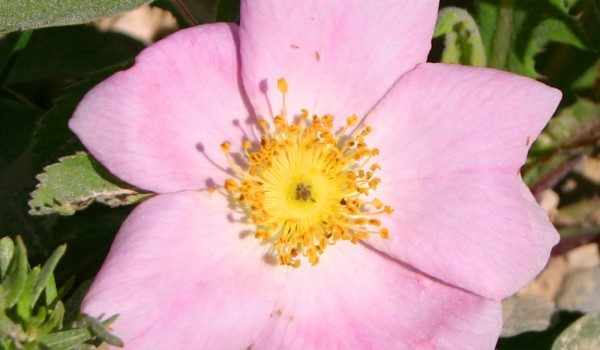
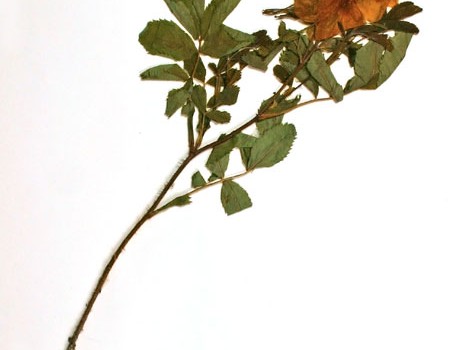
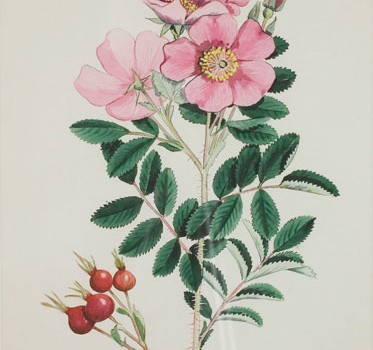
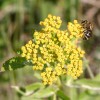 Andrenid Bees, Miner/Digger Bees (
Andrenid Bees, Miner/Digger Bees (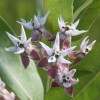 Ants (
Ants (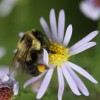 Bumble, Honey, and other Bees (
Bumble, Honey, and other Bees (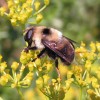 Flower Flies (
Flower Flies (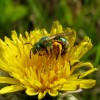 Sweat Bees, Halictid Bees and other Bees (
Sweat Bees, Halictid Bees and other Bees (